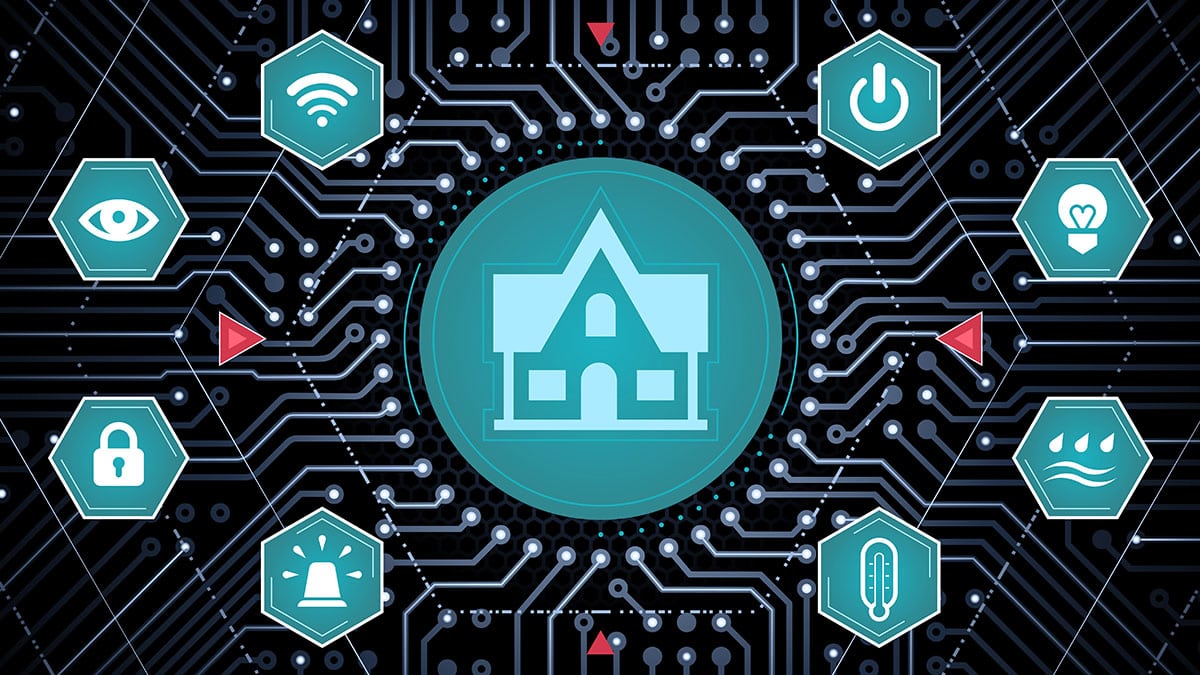Imagine texting your refrigerator, face-timing your car, or checking in with a traffic light in your neighborhood from the comfort of your own home. Does that sound incredible, impossible, or just plain preposterous?
This futuristic technology is now a reality with the revolutionary Internet of Things. Household items that can sense their environments and communicate data to each other are already becoming available on the commercial market, causing some researchers to believe the Internet of Things (or IoT) will soon become as ubiquitous as the Internet itself.
If you’re interested in making your mark on the design industry, it’s wise to take notice of game-changing trends like IoT. To start you off, here’s an AutoCAD student’s guide to the new, sophisticated, real-world network that is the Internet of Things.
AutoCAD Training Students Should Know Which ‘Things’ are Part of the IoT
The Internet of Things is made up of ‘intelligent’ devices that can sense their environments and recognize when other “smart” devices are in the vicinity.
For a device, machine, building, or other ‘thing’ to be considered a part of the Internet of Things it must be able to:
- take measurements of what’s around itself, typically through sensors
- perform computations through software embedded in its inner electronic systems
- wirelessly connect with other software systems or ‘things’ around it
- exchange data and commands with other software systems or ‘things’
These intelligent objects have special capabilities because graduates of AutoCAD training programs have designed them to include electrical microprocessors, microcontrollers, actuators, and data storage cells hidden beneath their typically sleek and minimalist exteriors.
The Life-Saving Potential of Sophisticated Connectivity
Design engineers have taken the idea of the Internet of Things beyond commercial successes like Fitbit (the smart fitness wristband company) and Sproutling (the smart and wearable baby monitor), to sensor-mapped cities and architecture.
This can help predict and prevent structural problems unforeseen during the design process. “When we rebuild bridges, we can use smart cement: cement equipped with sensors to monitor stresses, cracks, and warpages,” IoT researcher Daniel Burrus explains. “This is the cement that alerts us to fix problems before they cause a catastrophe.”
The same technologies can offer drivers and pedestrians information they need to avoid icy or hazardous roads and buildings, communicating with a sophisticatedly-designed infrastructure to keep themselves safe – what Burrus calls “turning information into action.”
Connecting AutoCAD Training Programs with the Internet of Things
The Internet of Things offers designers both strange new challenges and exciting new technologies to work with.
Some industry leaders are predicting a widespread shift from more traditional industrial design to technology-centered design – good news for computer-aided design (CAD) professionals who already have experience working with state-of-the-art design technology.
AutoCAD colleges will need to produce more CAD designers who know how to ensure the machines, systems, spaces, and nearly everything else they design and create is IoT-ready.
Gadi Amit, president of New Deal Designs, says “in designing a space, I define what can be done physically or digitally, delivering what kind of experience, at what speed.”
He says designing for IoT or “Technology Design” affords designers more control over its functionality in the Internet of Things, “kind of like a future roadmap for a physical-digital experience.”
Many CAD technicians will also be needed for designing the IoT sensors themselves. That’s why sensor software companies like the Parametric Technology Corporation (PTC) are beginning to sell IoT-focused engineering software to AutoCAD users in the hopes that they’ll choose to specialize in designing for optimal IoT compatibility and functionality.
Are you interested in working with state-of-the-art software in the top AutoCAD courses Edmonton has to offer?
Visit Digital School to discover our programs or to speak with an advisor today!



